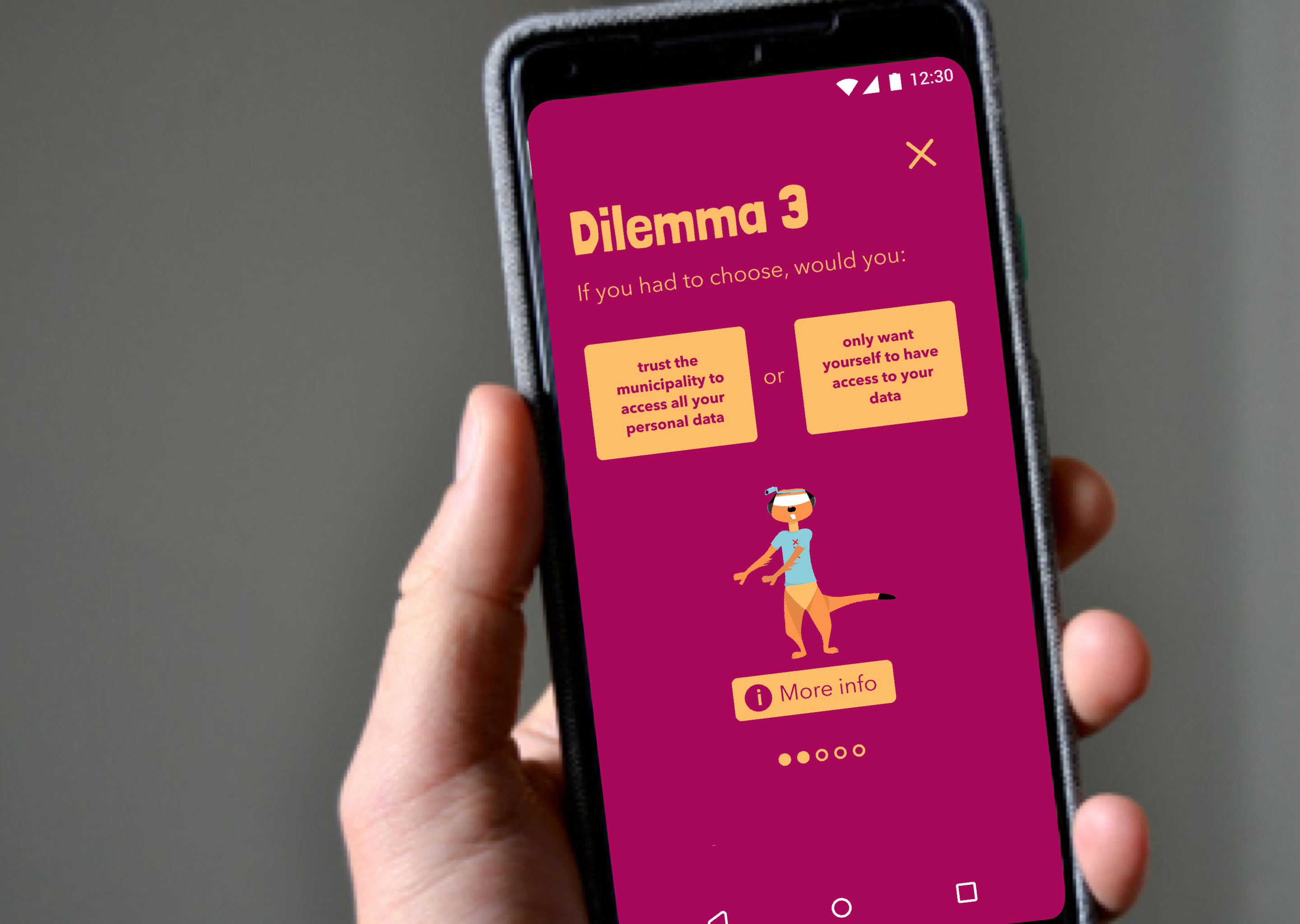
The Invisible Cages
A hybrid experience to start conversations around racism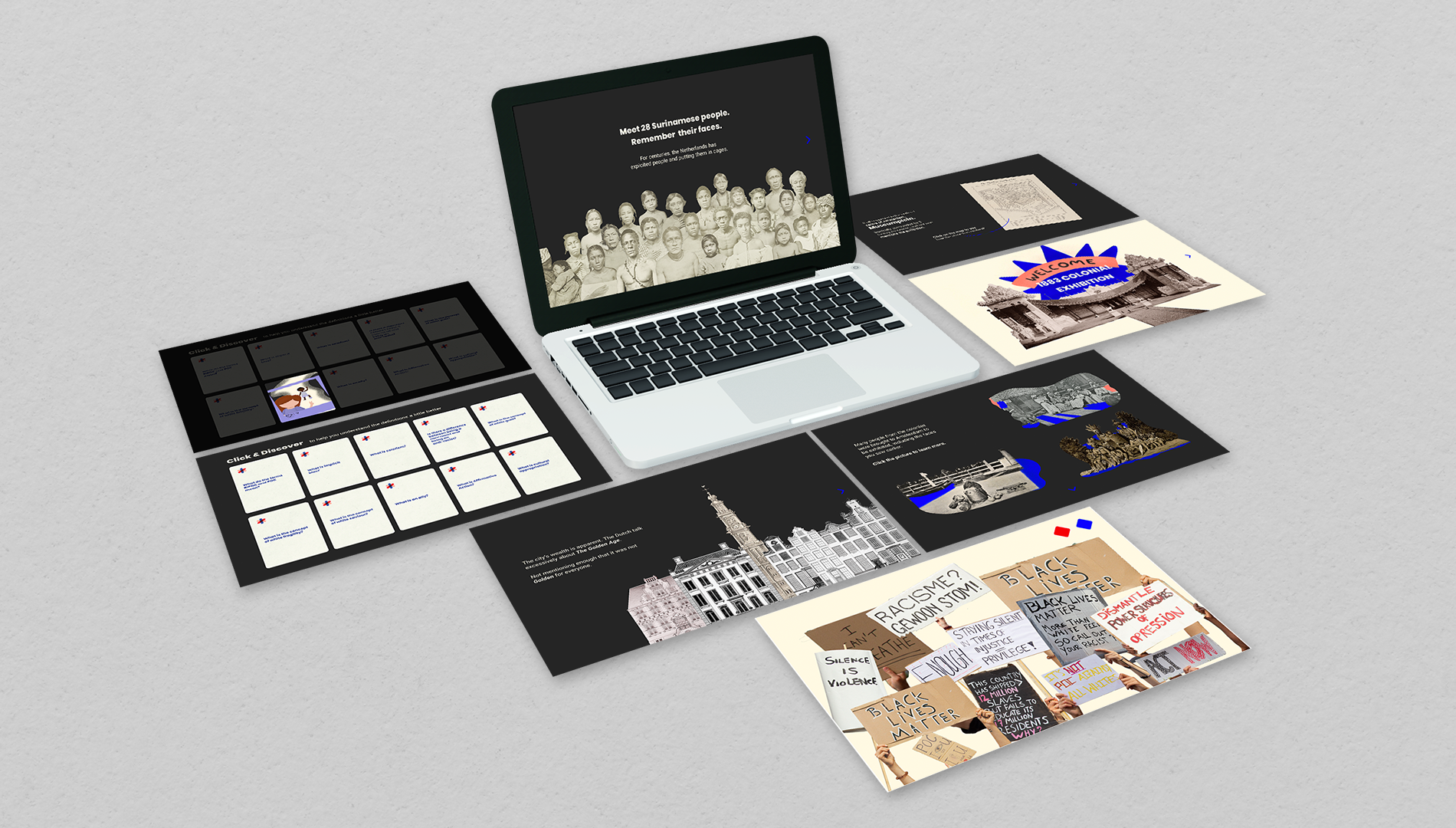
-
Client:
Rijksmuseum & Philips
- Team:
-
Disciplines:
Storytelling, Product Design, Experience Design
-
Schoolyear:
2020-2021
"We are not accountable for what our ancestors did, but we are responsible to leave this place better than we found it.” - Me and White Supremacy, Layla Saad We are all part of a system. We are here to talk about that system and how we can collectively make it better. This project questions the lack of acknowledgment on colonial remnants in The Netherlands and provides people with knowledge and tools to address racism today.
The Rijksmuseum was planning for an exhibition to tell the story from the perspective of enslaved people, shedding light on personal stories and defining a suitable way for the Dutch society to look at the colonial past instead of framing it as The Golden Age. At the same time, Philips was keen on educating their employees about anti-racism by enabling a respectful discussion. Our role was to bridge both approaches by surprising people about an unacknowledged historical event in the most popular places in Amsterdam, then provide them with tools to acknowledge it and discuss it.
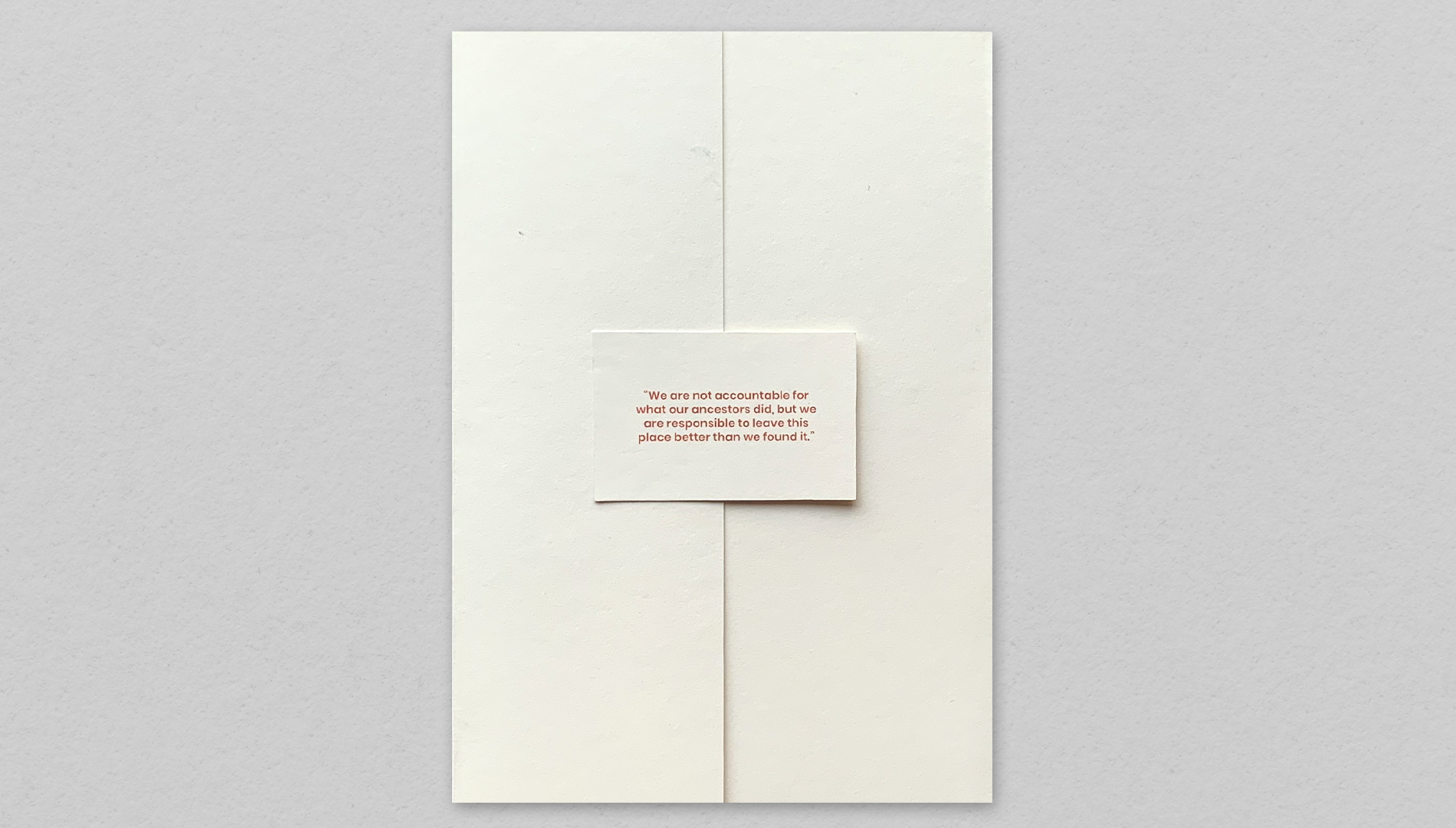
Past History, Today’s Misconceptions
Through observation and initial interviews, we defined a target group of people who dismiss discussions about the colonial past and racism because they see it as something from the past. iThese people don’t understand how the past led to the systematic racism existing today, affecting the lives of many. Understanding this reality, we decided to use the metaphor of the invisibleCages. The fact that humans aren’t in physical cages today like they were in the human exhibition of the past, doesn’t mean the cages aren’t there.
Unlocking Perspectives
The main challenge was creating an experience where there can be a constructive discussion on the colonial past and its implicit effect on racism today. We felt an ethical responsibility to not only shed light on the intensity of the colonial past, but also support people on moving from the Fear Zone to the Learning Zone; as described in an anti-racism module developed by Cardinal at Work, a Stanford University Human Resources department.
This was challenging because there is an unwillingness of a portion of society to discuss problems, as their potential resolution is connected to the fact that certain shortcomings of society benefit that same portion.
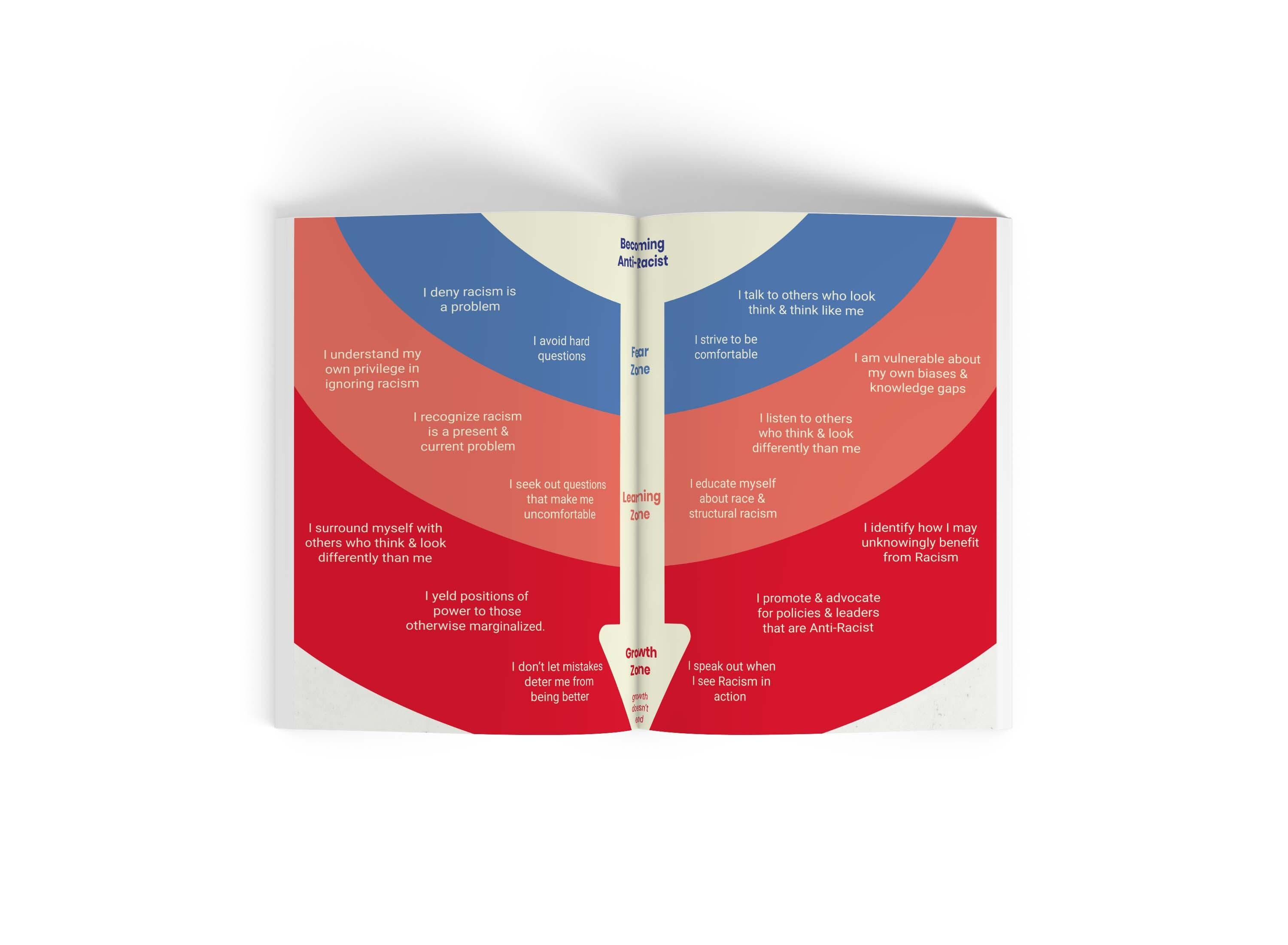
Inclusion and ethics experts inspired us through a philosophical approach where nothing is absolutely right or wrong, and the best thing we can do is facilitate a discussion and provide education on terms and linguistics. This was confirmed through research that shows Dutch white people prefer not to speak about racism because of the lack of the right tools, context and words.
Additionally, most people naturally have a defense mechanism that prevents them from understanding that racism is not about their individual selves but about institutions and systems, and our role is to take a proactive course of action to dismantle these institutions.
That’s why we chose to have a first person tone of voice in the reflection tools, to take people by the hand through a tactile emotional experience that can reduce the tension.
Our approach is educating people about history to understand its impact on today’s life, and explain that although we are not accountable for what our ancestors did, we are responsible for acknowledging its intensity by acitvely becoming anti-racist in our everyday lives.
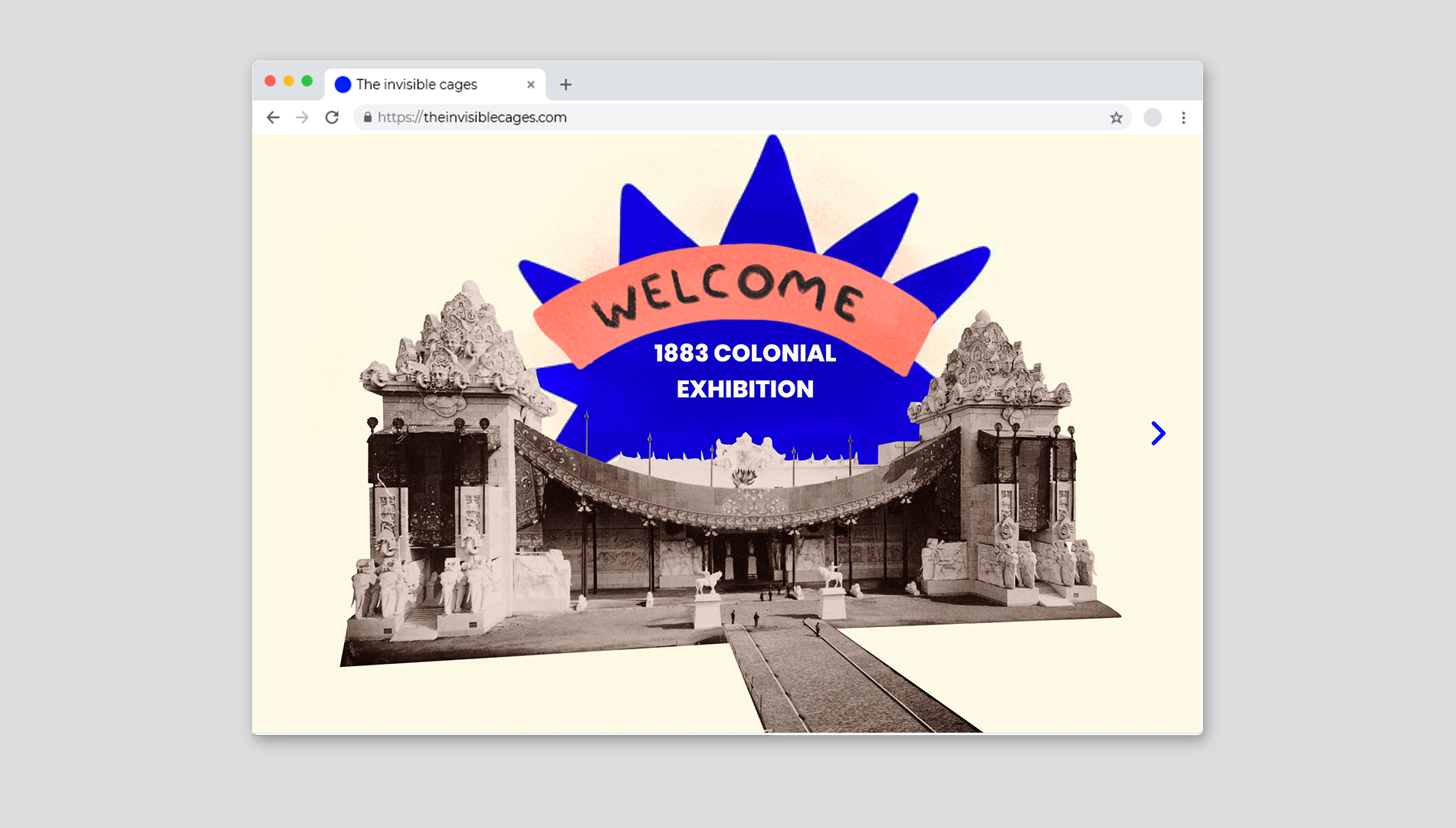
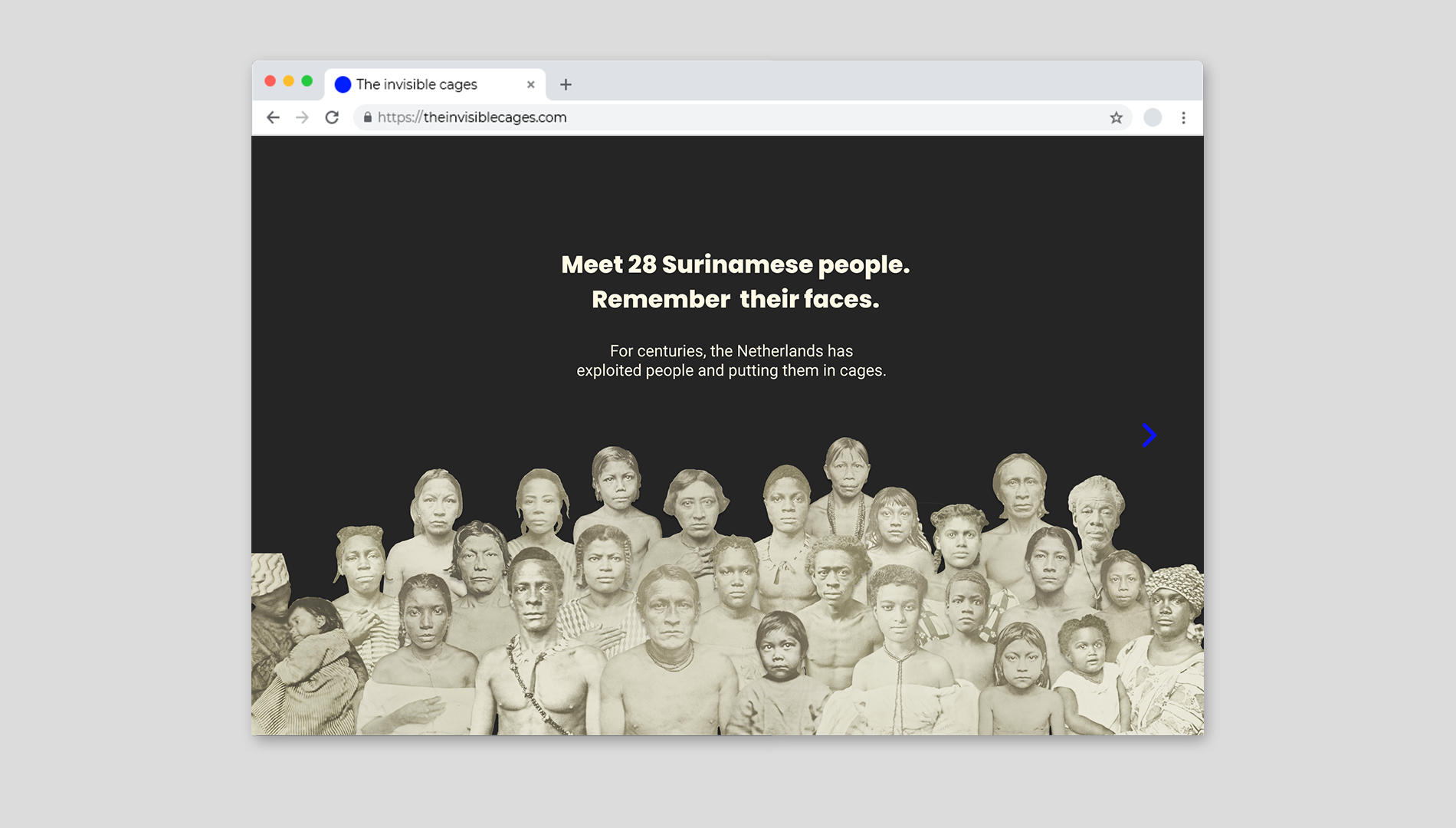
Dismantling Racism
Invisible Cages refers to a colonial exhibition that happened in Amsterdam’s Museumplein in 1883, where enslaved people of colour were taken from their countries to be exhibited in a caged ’human zoo’. In today’s society, daily microaggressions towards people of colour are limitations enforced by the invisible cages of systemic racism.
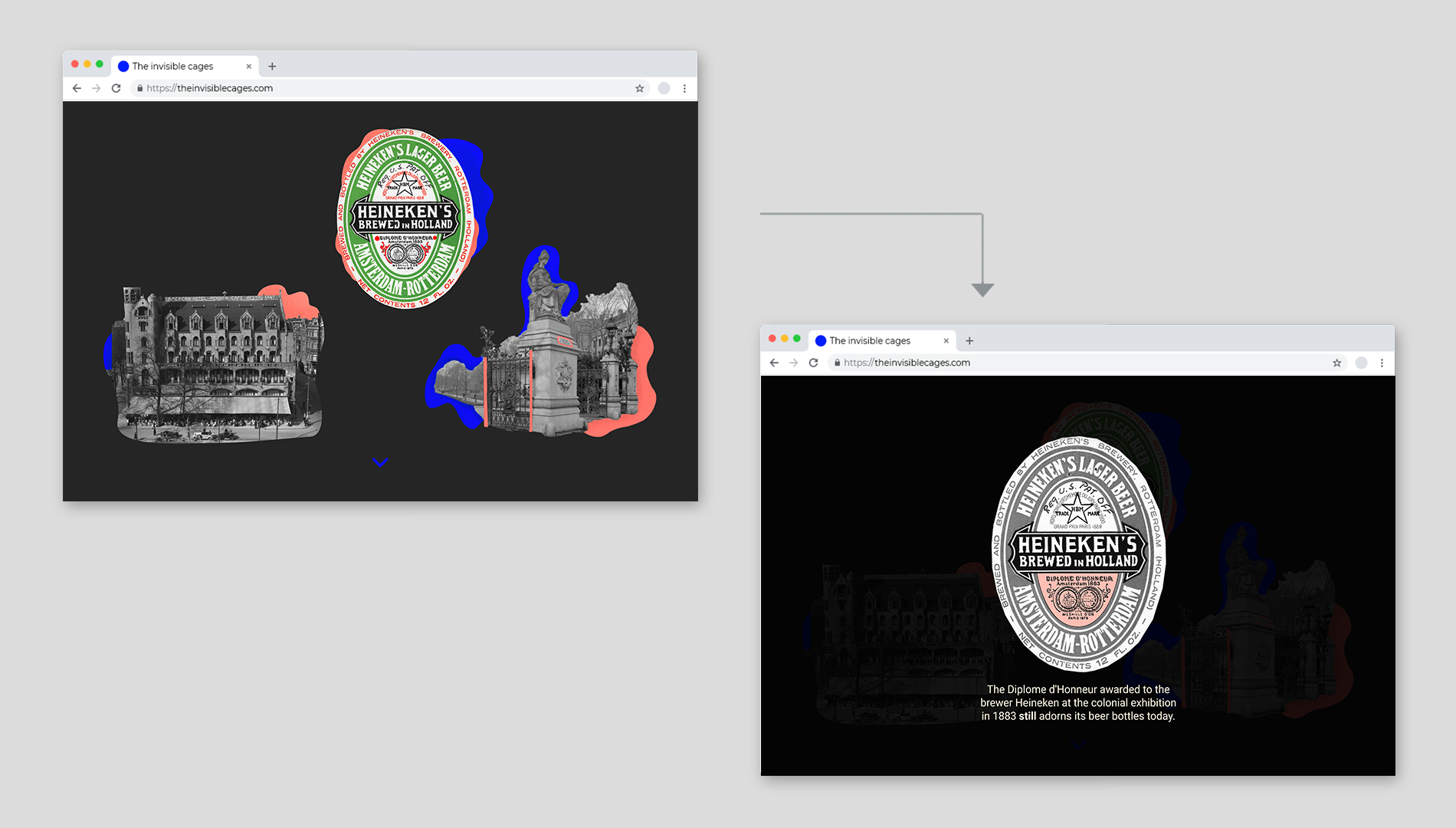
The Invisible Cages tells the stories of the colonial past through a website where people can explore hidden stories related to racim and slavery and their heritage in today’s culture (from monuments to logos of companies that exist today still). After visiting the website, people can deepen their personal reflection and educate themselves further with our tool kit.
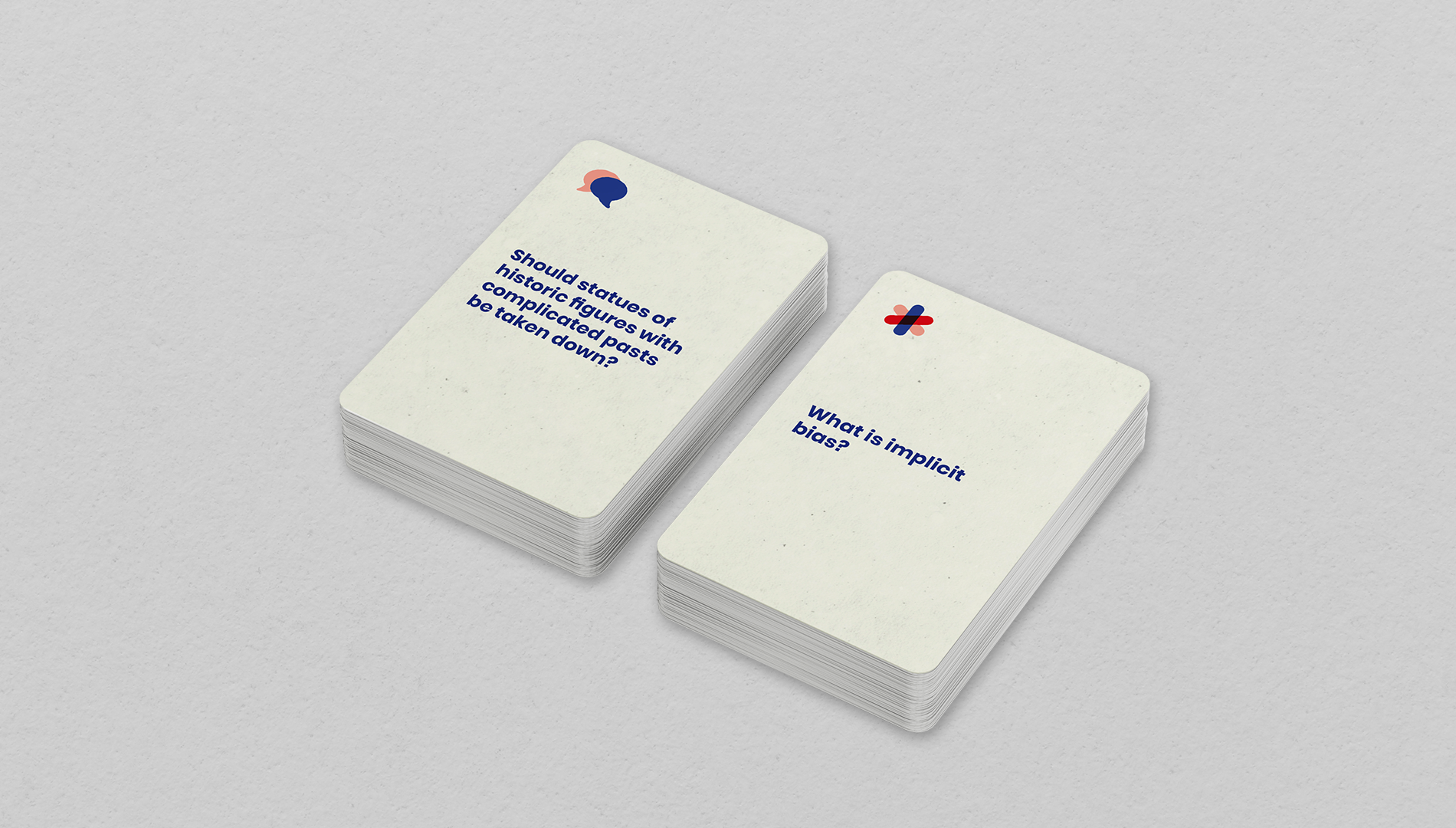
The Right Language, the Right Tool
The toolkit has been put together to facilitate discussions around racism through reflective questions to get better perspectives and insights on why people might be uncomfortable talking about racism. It is a journey of self-discovery that reflects on personal views and behaviours towards racism.
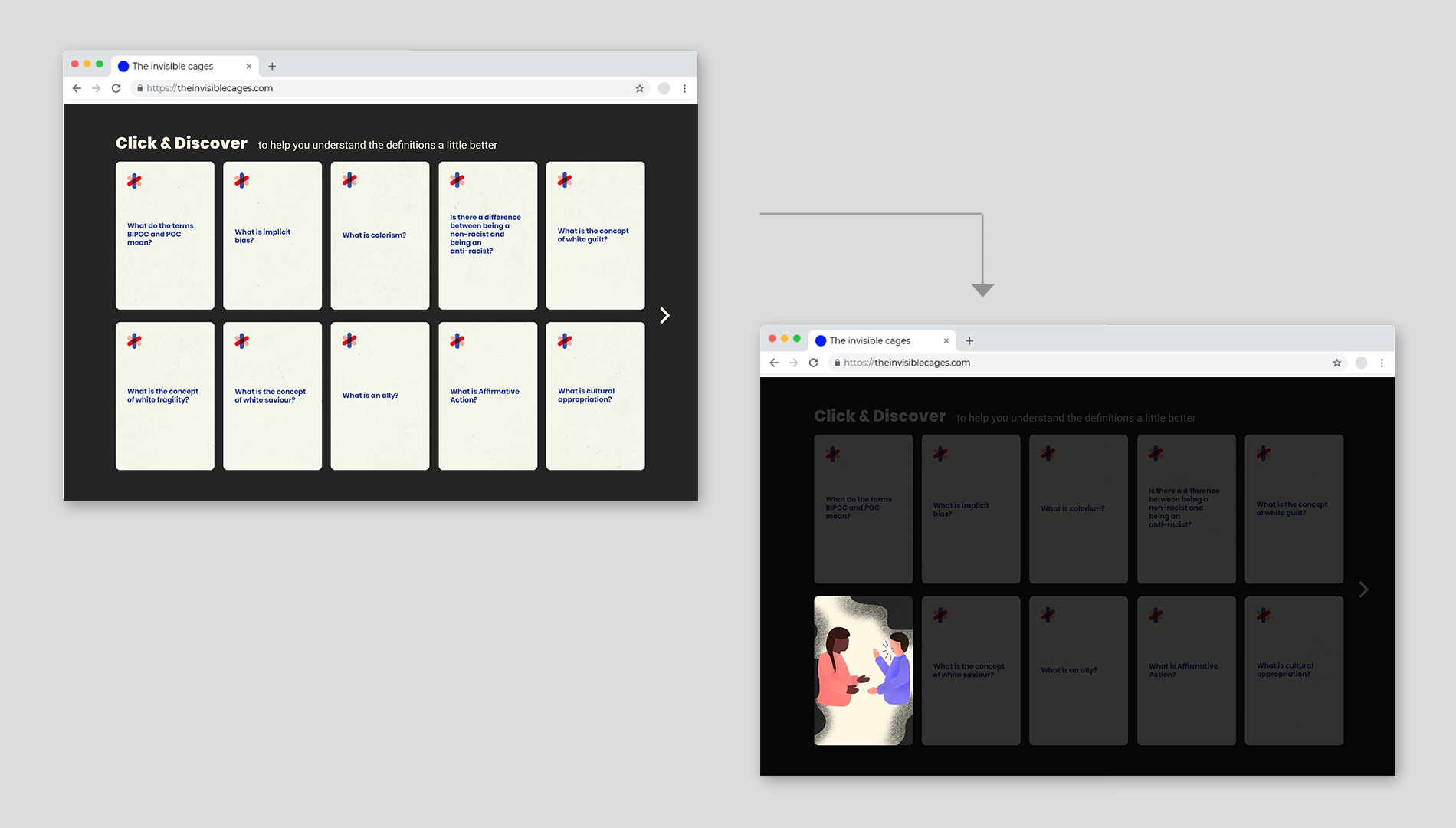
In addition to reflection, the toolkit guides users through definitions and basic anti-racist theories so they can feel more comfortable and knowledgeable about the topic and use the right language when discussing the matter. This is done through different types of content such as definitions that provide people with linguistics, and discussion cards that can encourage the conversation in a playful way. Answers are provided on the back of the cards, and the definition cards are supported by animations on the website (see below).
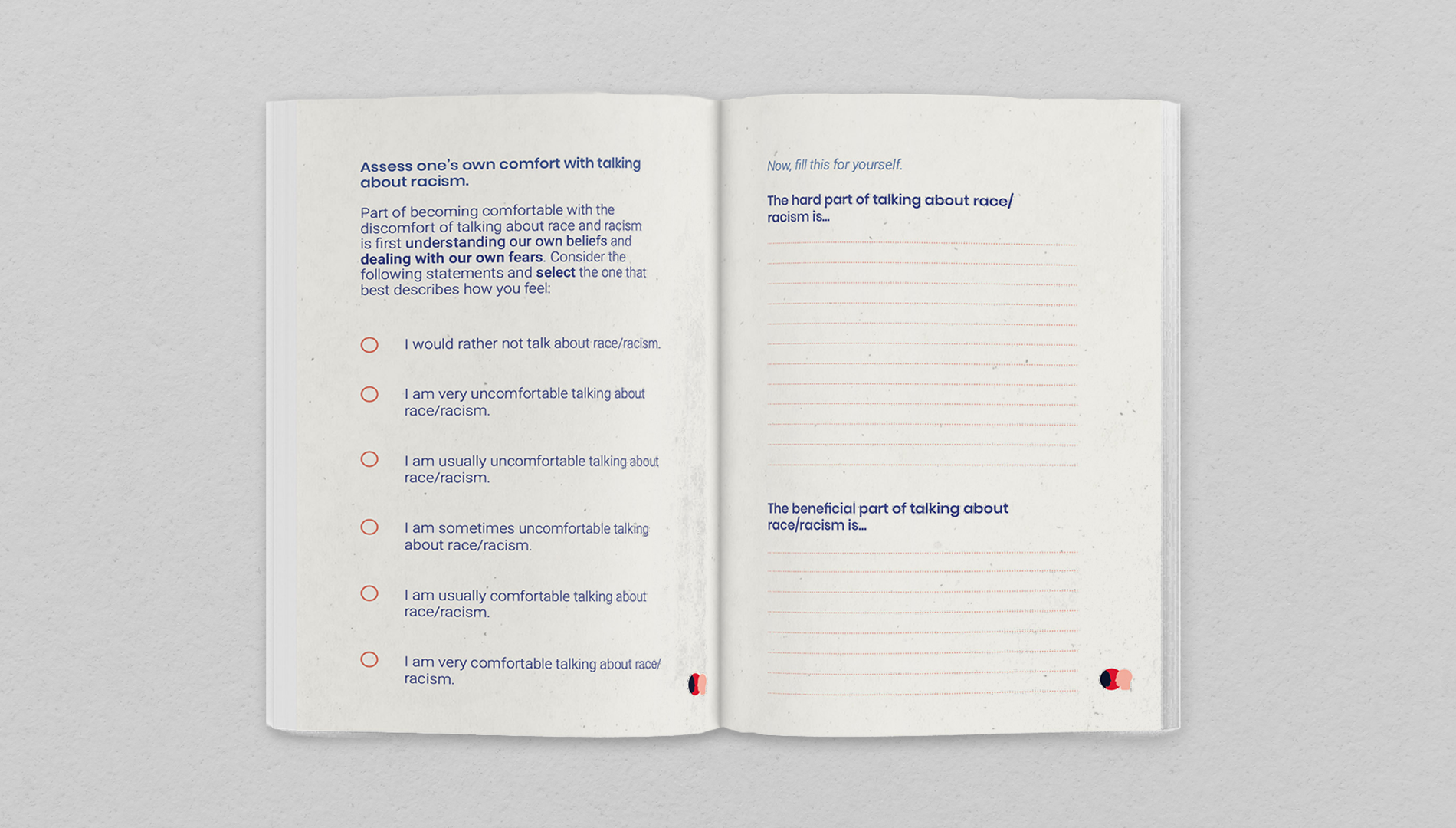
Having these kinds of discussions provokes a self-reflection that can deepen the understanding of underlying aspects of racism that are affecting various people in The Netherlands and the world.

Watch the video about the project The Invisible Cages
